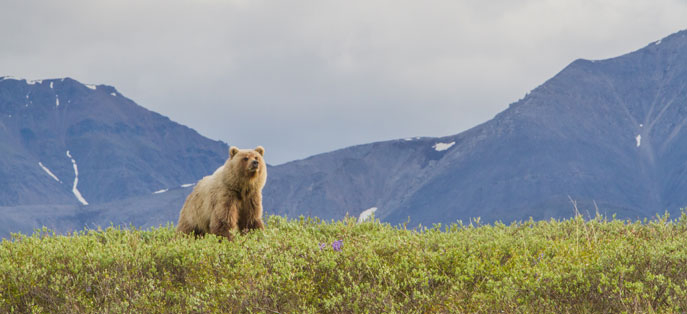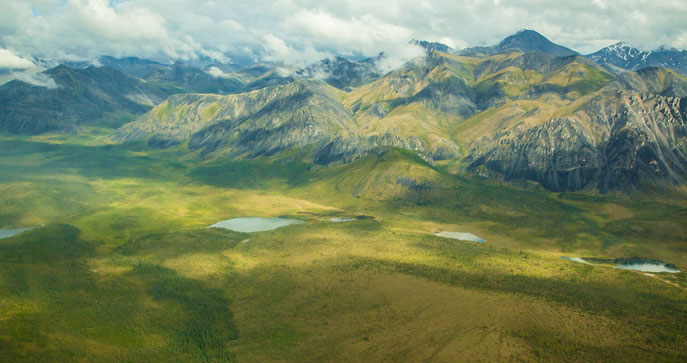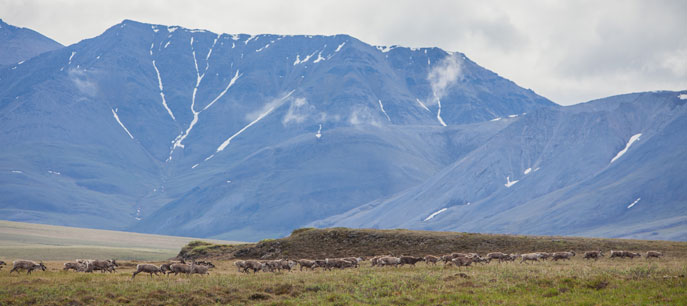For decades the Arctic National Wildlife Refuge has been emblematic of the larger struggle between those who want to protect our nation's wild places and those who want to exploit them for short-term profit. Despite countless congressional attempts to open the refuge to drilling and dirty fuel development the area remains unspoiled today. (Watch these Sierra Club videos about the Arctic Refuge.)
Stretching from boreal forests, across the towering mountains of the Brooks Range, down through sweeping tundra to coastal lagoons, the Arctic Refuge is home to a wealth of wildlife found nowhere else. It's one of the country's last truly wild places, and in fact was designated specifically for wilderness purposes. That very wildness resonates deeply with the American psyche, even those who may never visit this amazing place.

It's that intrinsic connection that has helped push back proposals to develop the refuge so far. The efforts of well-funded and politically-connected oil companies and other special interests have been blunted by massive outpourings of public support for preserving this place.
In recommending wilderness protections for the refuge, President Obama and Interior Secretary Jewell are finally bringing the official policy in line with public sentiment. And while the desire of Americans to protect the Arctic Refuge is not new, the administration's recommendation does represent a significant political shift that could bode well for the area. In becoming the first president to officially direct Congress to designate wilderness in the Arctic Refuge, President Obama has shifted the political momentum towards permanently protecting this special place for the first time since the refuge's creation.

The president's action is a recognition that some places are too special to drill. The costs associated with dirty fuel development -- to the environment, to local communities, and to our climate -- are too high. For the Arctic in particular, the science makes it clear that dirty fuels must be kept in the ground in order to meet U.S. and global climate commitments.
For now the Arctic Refuge will be managed as wilderness, protecting the harsh yet beautiful landscape, the wildlife, and the subsistence culture of local Alaska Natives for future generations.

However, new congressional challenges are already being mounted. While it's unclear how those challenges will play out, what is clear is that to move forward we must break from our dirty fuel past. There are better ways to fuel our country -- clean energy solutions that don't require sacrificing our last wild places or our climate. The future is now, and that future is based on clean energy and a long-term vision for the health of our country, our climate, and our wild places.
- Dan Ritzman, Senior Campaign Representative, Sierra Club Our Wild America Campaign
Photos by Micah Baird. This article originally appeared in the Energy Insider section of the National Journal.
